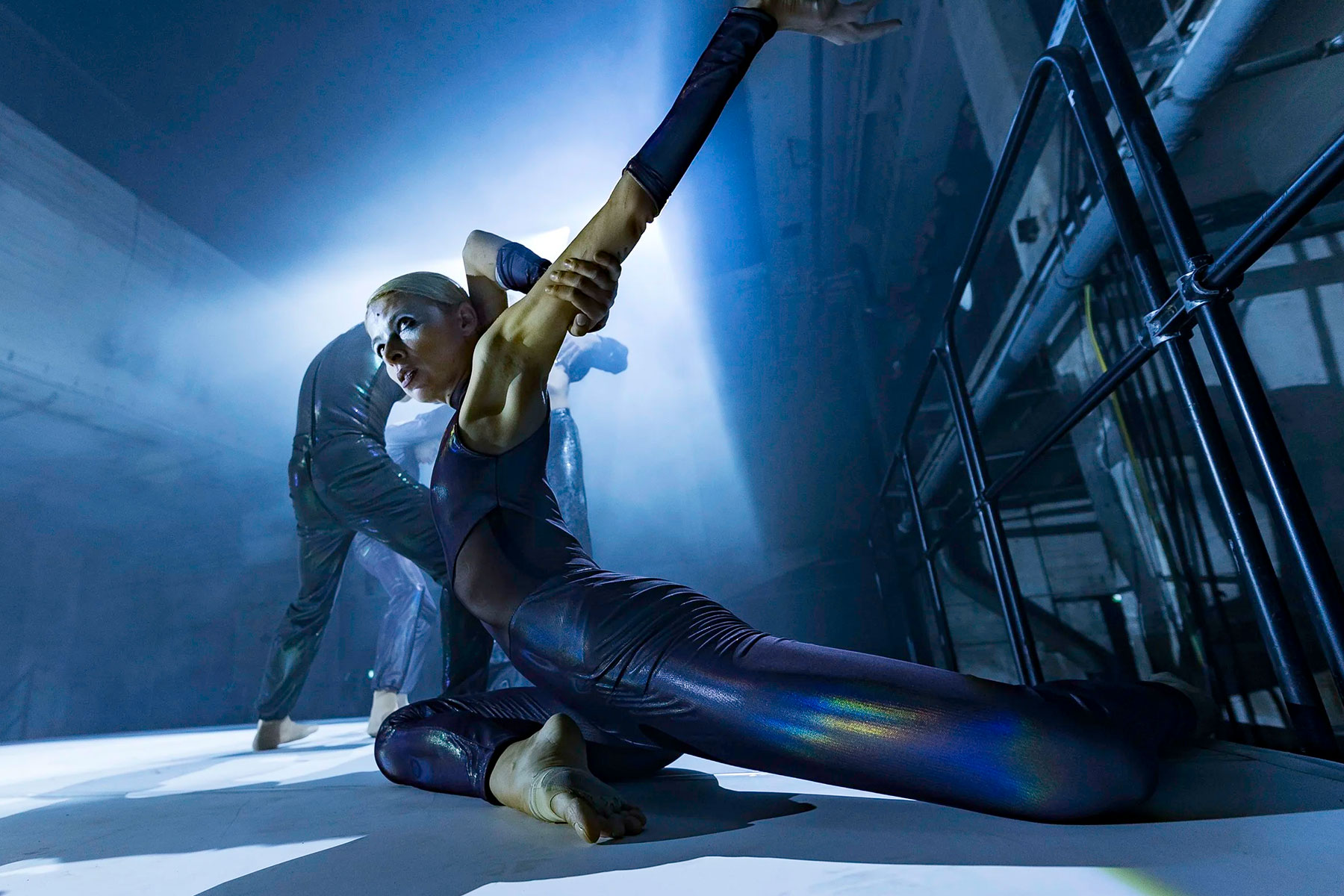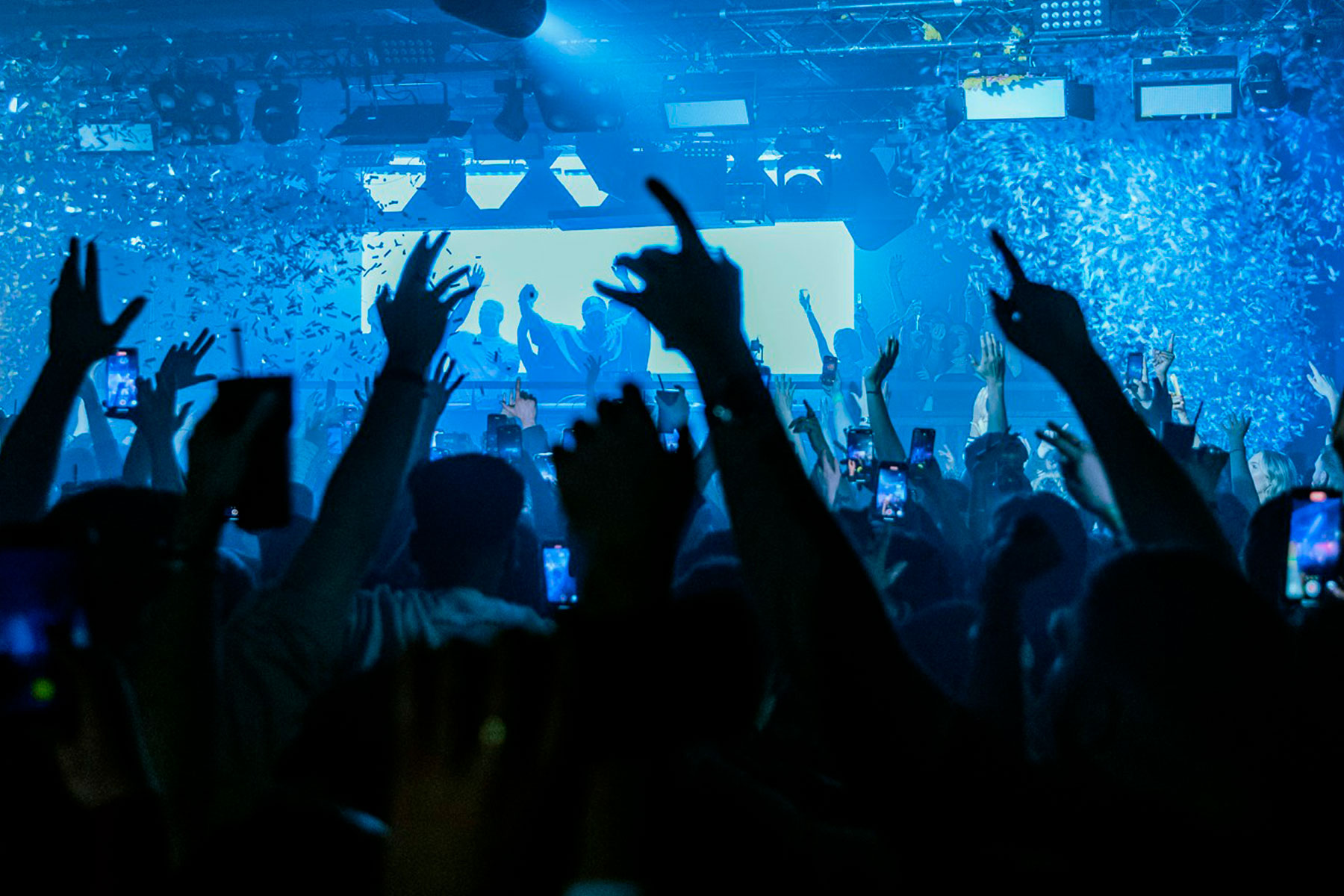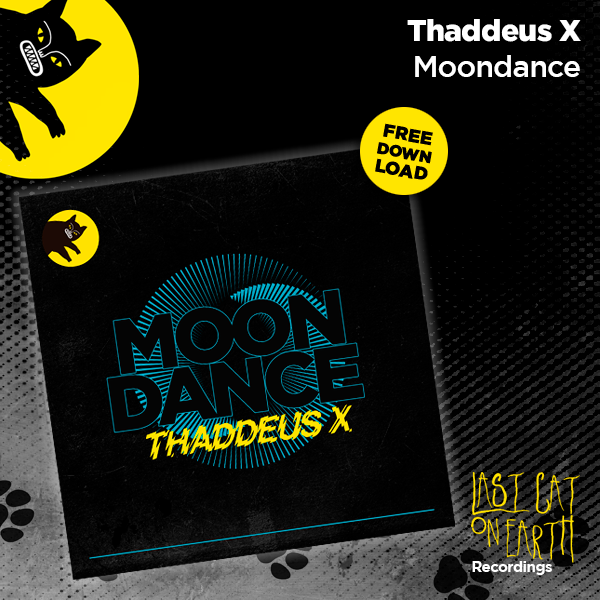Sudbeat, a label so deeply rooted in the underground, has become one of the most visible conduits for progressive house in the last decade. What began as an independent outpost for Hernan Cattaneo to support new artists has developed into a globally resonant imprint, maintaining a coherent sound and identity across nearly 270 releases — no small feat in a landscape where most labels struggle to find consistency past their first compilation.
Sudbeat is not defined by aesthetic gimmicks or algorithm-chasing playlists. It has built its stature through a meticulous approach to curation and a rare refusal to bend to the whims of trend cycles. In the words of Cattaneo himself, “We have a wide but very clear sound and we stay there beyond fashions or trends.”
That clarity has been instrumental in cultivating a catalog that reads like a masterclass in long-form dancefloor storytelling — Petar Dundov’s melodic expansiveness, Satoshi Fumi’s technoid elegance, Randall Jones’s elasticity, or Soundexile’s modular alchemy — all framed by the unmistakable Sudbeat filter.
The imprint’s core strength lies in its dual commitment: simultaneously elevating emerging South American artists like Mariano Mellino, Ezequiel Arias, Kevin Di Serna, and Simon Vuarambon, while continuing to work with titans of the genre, including Nick Warren, Guy Mantzur, and Danny Howells.
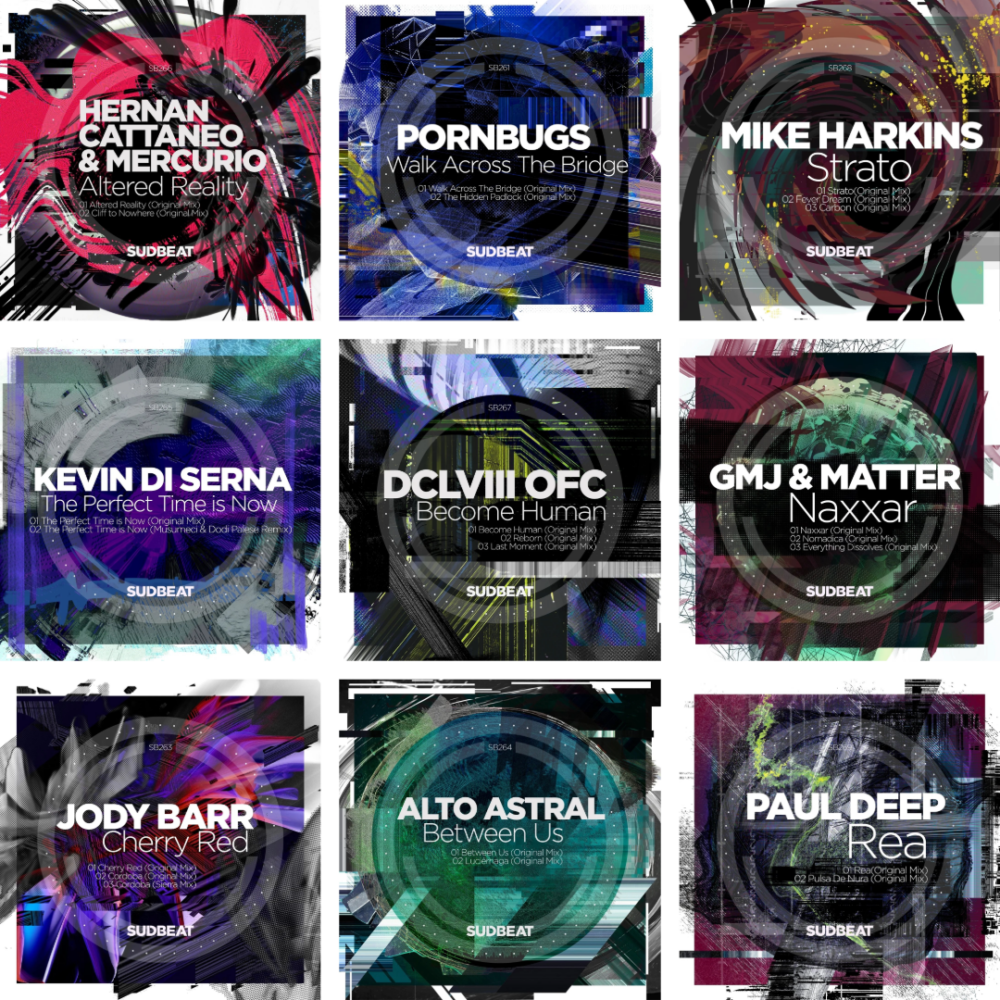
In this regard, Sudbeat isn’t merely a label — it’s an ecosystem, carefully balancing the local and the global, the veteran and the new voice. As label A&R Graziano Raffa puts it, “What motivated us in 2012 is the same thing that motivates us today — music.”
That insistence on quality has allowed Sudbeat to endure and expand — not just as a platform, but as a culture. The label’s visual language, consistent and instantly recognizable, echoes the early 2000s ethos when label sleeves and logos carried weight. It’s an ethos that continues to resonate with audiences looking for something more tactile in a digital-first world. And beyond its output, the brand’s foray into showcases and bootcamps like its Aulart collaboration signals a desire to deepen the imprint’s relationship with its community.
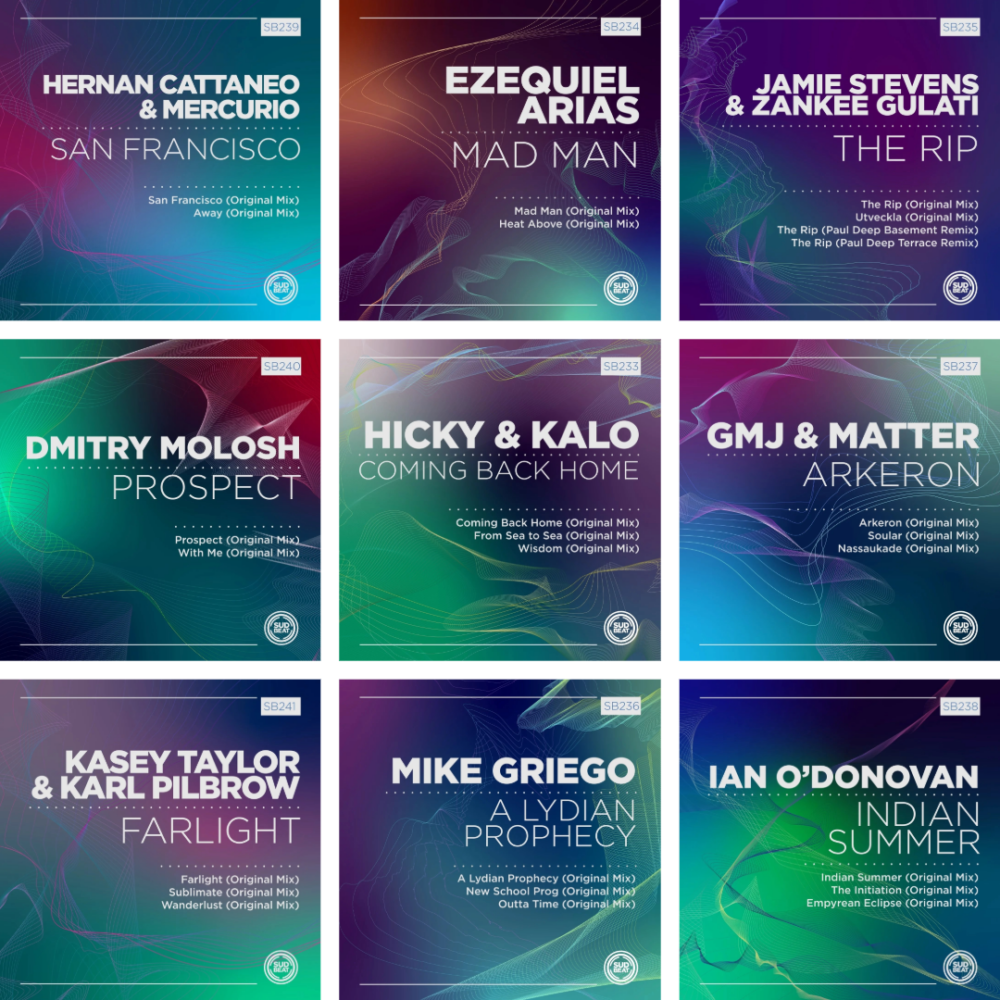
But Sudbeat’s real innovation is subtle. There’s no pivot to short-form content, no audible grasp for social media virality. Instead, the label focuses on what Cattaneo has always embodied behind the decks — a steady, deliberate narrative arc. This same vision informs the way releases are sequenced, how EPs are paired with remixes, how compilation series like ‘Showcrates’ act as snapshots of evolving scenes and new affiliations.
“In a world where so many are making electronic music, I think the most authentic will be the ones who go farther,” says Hernan. That authenticity is reflected not just in the music but in the structure and sustainability of Sudbeat’s operations. It’s a label that thrives on artist development, and one that seems unfazed by the speed of current digital culture. Raffa puts it more bluntly: “Creation should be less product and more instinct.”

What results is a rare thing: a label that listens as much as it speaks. Whether through its bootcamp initiatives, consistent A&R work, or simply the way it champions long-term creative growth over momentary success, Sudbeat has managed to remain relevant without ever feeling reactive.
Now, more than a decade in, the label has reached the kind of maturity few independent imprints ever achieve — not just in volume, but in purpose. There’s no blueprint for that kind of longevity, only intuition, trust, and time. And Sudbeat, true to its name, continues to move at its own pulse.
Follow Sudbeat Music: SoundCloud | Instagram | Beatport




